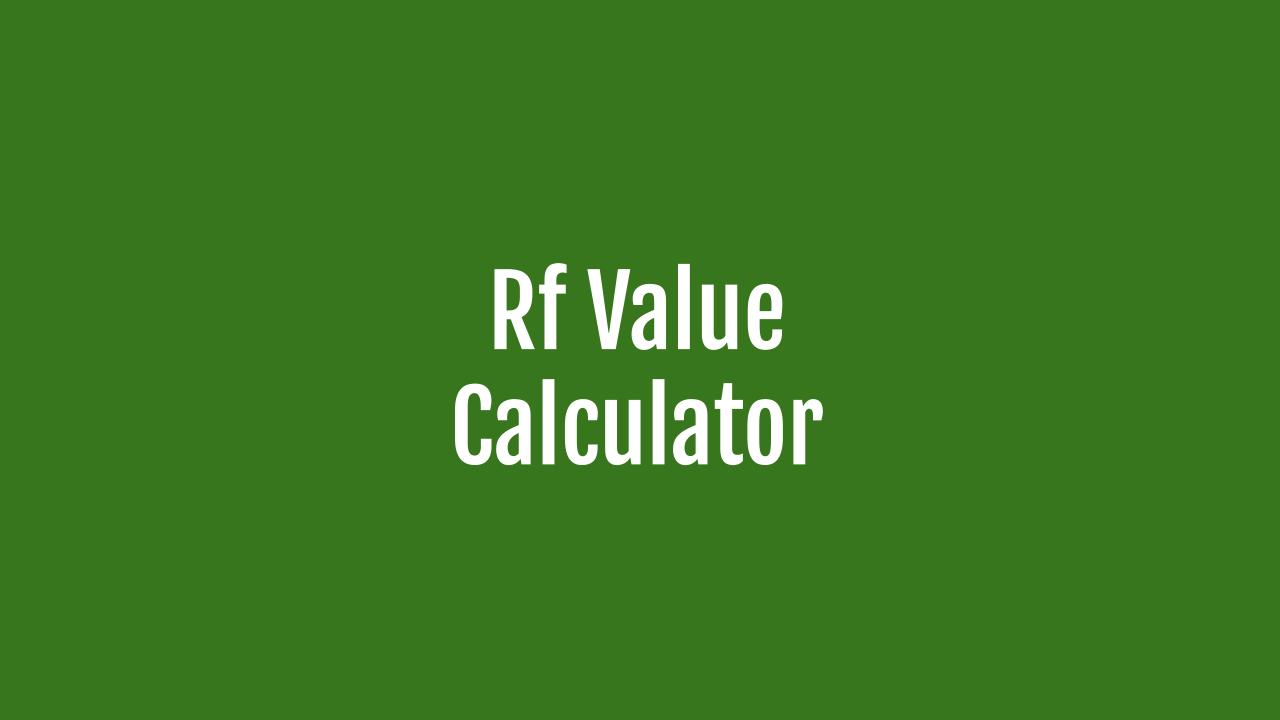If you’re analyzing pigments in a chemistry lab or separating compounds in a professional setting, the Rf value (Retention Factor) plays a key role in chromatography.
In this article, we’ll explain what the Rf value is, how it’s calculated, and a calculator to make your work faster, more accurate, and more efficient.
🧪 What Is the Rf Value?
The Rf (Retention Factor) is a ratio used in chromatography to compare the distance traveled by a compound to the distance traveled by the solvent front on a chromatography plate or paper.
Formula
Rf = Distance traveled by substance / Distance traveled by solvent front
This value helps identify compounds and compare their mobility under specific solvent conditions.
⚙️ What Does an Rf Value Calculator Do?
An Rf Value Calculator is a simple tool where you input:
- The distance the compound traveled (in cm or mm)
- The distance the solvent front traveled
And it instantly calculates the Rf value for you.
Example
Input:
- Distance traveled by substance: 3.5 cm
- Distance traveled by solvent front: 7.0 cm
Calculation: Rf = 3.5/7.0 = 0.5
🧮 Rf Value Calculator
Enter values in the tool below to find the Rf value (use the same units for both values)
🧠 Who Uses Rf Value Calculators?
- Chemistry Students – For chromatography labs in school or college
- Forensic Scientists – To identify substances or dyes
- Pharmacologists – For separating and identifying drug compounds
- Food Scientists – To analyze pigments, preservatives, or flavor components
🧪 Tips for Accurate Rf Measurements
- Always measure from the baseline, not from the bottom of the plate
- Use a ruler and record measurements immediately after the experiment
- Mark the solvent line before it evaporates
